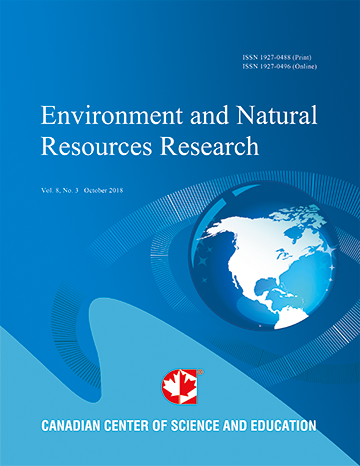Agro-Diversity in the Forest-Savannah Transition Zone of Ghana: A Strategy for Food Security against Climatic and Socio-Economic Stressors
- Jesse S. Ayivor
- Opoku Pabi
- Benjamin D. Ofori
- Dzidzo R. Yirenya-Taiwiah
- Chris Gordon
Abstract
Food security is a major issue affecting about 239 million people in Sub-Saharan Africa. Therefore, local ecosystems-based adaptive strategies for reducing the impact of climate change and other stressors on food production systems are very relevant in the national food security agenda. This study assessed how farmers in communities of the environs of the Kogyae Strict Nature Reserves in the forest-savanna transition zone of Ghana exploit a range of options for food production that spread and reduce risks and ensure sustainability of the local environment. Through a cross-sectional survey involving focus group discussions, institutional data search and on-site observations, the study investigated different ways to which the natural diversity of the environment has been used by farmers to enhance farm productivity and farmer income. The study observed that climate variability, land expropriation for protected area establishment, inappropriate use of farm technology and low pricing for farm produce pose as major threats to sustainable agriculture in the area. These constraints have compelled farmers to adopt a range of agro-diversity practices for increased farm productivity and income. They include introduction of new crop varieties, adoption of innovative farm management practices, diversified farm fields and sequential cropping systems. The study noted that the diversified systems have boosted farmer productivity and incomes and contributed to their socio-cultural needs. The study recommends greater crop intensification through the use of appropriate technologies and improved access to markets to consolidate farmer gains and livelihoods as well as ensuring food and nutritional security.
- Full Text:
 PDF
PDF
- DOI:10.5539/enrr.v6n1p1
Journal Metrics
Google-based Impact Factor (2016): 6.22
h-index (November 2017): 12
i10-index (November 2017): 19
h5-index (November 2017): 11
h5-median (November 2017): 12
Index
Contact
- Emily LinEditorial Assistant
- enrr@ccsenet.org
